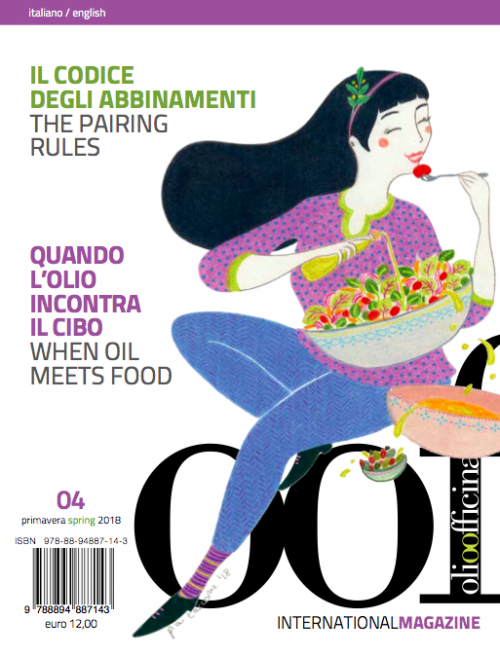
These days, compared to the past, we have an extra guarantee, without doubts or conflicting opinions as far as oil is concerned. Giant steps forward have been made in the production of quality extra virgin olive oils with inimitable, true-to-type sensory traits. There has been unparalleled and unprecedented progress over the last thirty years, all attributable to the introduction of cutting-edge technology, in the field and in the mill, as well as in facilities where EVO is stored and packaged before being distributed.
Crop operation mechanization processes and new concepts in olive farming, the revolution initiated in the mills, attention to the more critical moments of olive oil storage all contribute to obtaining better, differentiated oils, following a new approach and detached from the products of a few decades ago, and certainly more durable, with a longer shelf life.
This is not to say that the value of a quality product was not recognized by our forefathers: the ancient Romans were past masters in this regard and the proof can be seen intheir unequalled merchandise classification, used to distinguish and classify various olive oils. Ancient Roman expertise is truly admirable, and it is no coincidence that the laws they wrote are now the foundations of contemporary jurisprudence. Merchandise classification of the time identified the most essential aspects of quality and classified it in distinct categories. The list below provides the reader with an exact, solid description showing that even in the mists of time the complexity of a product like olive oil was defined in the pluraland considered ontologically multifaceted.
“Oleum ex albis ulivis” was the highest quality oil, made from green olives.
“Oleum viride”, of the same quality, was made from just-ripe olives, on the brink of full maturation.
“Oleum maturum” was of inferior quality, obtained from black, ripe olives.
“Oleum caducum” was of mediocre quality, extracted from olives harvested on the ground, where they had fallen when well ripe.
“Oleum cibarium” was poor quality, made from pest-ridden olives, in part for feeding slaves, in part for other uses.
Of course, the Romans did not have today’s advantages of state-of-the-art technology, and the only merit of modern society is the codification and mass diffusion of the brilliant intuitions of that time. What is still lacking now is not quality of production, but quality of consumption. Olive oil is used raw and for cooking without knowing and interpreting the complexities of this raw material.
A living, breathing rawmaterial because oil is a live organism and as such should be tended step by step in an appropriate manner. Puzzlingly, many consumers do not store olive oil properly and they even mistreat it, not realizing that its distinctive traits are always at risk.
However high the quality may be, the quality of an EVO is vulnerable and must be safeguarded. It must also be paired correctly with different foods and this is the unexplored side of how to use olive oil. Today we just use it, sometimes in excessive amounts, without foreseeing the overall dynamics in the right perspective, over and above the consequences on the flavour of a dish. So this is the guiding theme of the fourth issue OOF International Magazine: the “code of pairings”.
What happens when oil meets food? Much is still to be done, but we are on the right track.

The editorial signed by Luigi Caricato is an excerpt from the fourth issue of the quarterly paper magazine OOF International Magazine. Buy the fourth issue of the magazine or subscribe HERE.
To comment you have to register
If you're already registered you can click here to access your account
or click here to create a new account


Comment this news